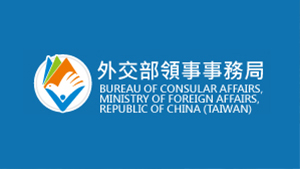Migrant workers in Taiwan whose contracts are about to expire will be eligible to obtain a six-month extension, the Ministry of Labor’s (MOL) Workforce Development Agency said Wednesday, citing the need to reduce international travel amid the COVID-19 pandemic.












